Imposing plants in danger
The baobabs fascinate at first sight mainly because of their unusual growth habit and their enormous size. Descriptions of the first European explorers speak of the tree looking as if it were upside down. Also in many Legends and myths of the locals around the baobab, the unusual growth form is thematized. The large, round fruits of this tree, whose shape is somewhat reminiscent of buns, have given it its colloquial name of "Baobab" given. Baobabs grow in many different areas of Madagascar and can even be found in the northern coastal regions. Systematically the Baobab or baobab tree into the family of Mauve family. There are eight different subspecies, seven of which are native to Madagascar. Six of these seven species are in turn endemic, which means that they are native only to Madagascar. The impressive baobabs are further evidence of Madagascar's extraordinary Fauna.
Features and use of baobabs
Baobabs impress with their size of up to 30 meters. For this purpose they can use a Diameter up to seven meters reach. Experts also believe that under ideal growing conditions, a baobab can reach up to two thousand years old can be. In fact, however, the oldest specimens have so far been estimated to be "only" about a thousand years old. The inside of the baobab tree's trunk consists of numerous fibers and is difficult to work. In these fibers, the baobab stores a lot of water during the rainy season. Depending on the species, these trees can have a Water volume of up to 40,000 liters absorb. As soon as the dry season arrives, the baobab sheds its leaves and draws on the water reserves stored inside. The people of Madagascar also benefit from this property: when their own water reserves run low in the dry areas of the island, it can be worth tapping a baobab. For centuries, the indigenous people of Madagascar have used baobabs as a source of water. prolonged and severe dry periods can survive. In addition, the Malagasy can use the bark and fibers of the tree to make ropes and other tools of daily use. The fruits contain numerous vitamins and minearlienincluding, above all, calcium. Due to the high content of vitamin C, the pulp tastes slightly sour. Soft drinks are also made from the tasty pulp. The seeds of the baobab fruit are often eaten roasted and are sometimes also used as a Spice used. The pressed seeds are also used to make Oil obtained in Madagascar for the treatment of many minor ailments in can be found in almost every medicine cabinet. Other parts of the baobab tree are also used on Madagascar, which shows how important this tree is for the people living there. It is all the more tragic that six of the total of only eight different baobab species worldwide are now extinct on the Red list of the plants threatened with extinction can be found.
The different baobabs of Madagascar
A total of seven species of baobabs are native to Madagascar, which can be discovered as part of different travel formats. Recommended are Skiing on the slopes like The splendor of the slopes west coast or The Splendor of the slopes - Experience Terra Incognita. Both journeys lead to areas that are particularly rich in the thick tree giants and offer impressive panoramas, where the most diverse natural spectacles can be observed. In the Western parts of the island is especially the Adansonia grandidieriwhich in Madagascar is simply "bozy" is called. This species reaches a height of about 25 meters. The trunk, which grows relatively straight in this species, can still reach a diameter of a proud three meters. The fruits of this species have a slightly reddish flesh and for this reason look particularly appetizing when ripe. The best known representative of the Baobabs, the Adansonia digitata, which is found throughout Africa, grows mainly in Madagascar's northwestern areas. Experts believe that African immigrants brought seeds of this tree from the mainland to the red island several hundred years ago. In Mahajanga there is a specimen of this species, which has reached an age of proudly 700 years is appreciated. A species that is much rarer to find and is on the Red List is the Adansonia perriere. Only in the north of the island are a few of these 30 meter high and particularly impressive trees still to be found. Also the somewhat smaller Adansonia madagascariensis is acutely threatened. This species, unlike most others, does not bear particularly tasty fruit, but its roots are suitable as food and are highly prized by locals. Most baobabs begin to bear fruit in early summer, in October. Blooming baobabs can be seen in April and May. Especially for photographers the Baobab flower an impressive backdrop, on individual request this can be done at a Madagascar vacation for photographers be scheduled.
Baobabs need active protection
For several years now, the government in Madagascar has been committed to protecting the particularly diverse Flora and Fauna in Madagascar. Nature conservation projects and associated measures are expensive, however. The clearing of rainforest for arable land and the use of wood in Madagascar has a Ecosystem change which also strongly influences the habitat of the baobabs. Ecologically appropriate tourism in Madagascar is important to keep the baobabs alive as well. For example, entrance fees for the national parks are invested in various nature conservation projects, so hopefully the breathtaking sight of the imposing baobabs will remain with us for a long time. When you see these primeval tree giants If you would like to experience nature live on site, you can always turn to us with confidence and benefit from our various offers on the subject of nature travel, for example.

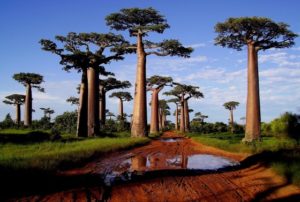
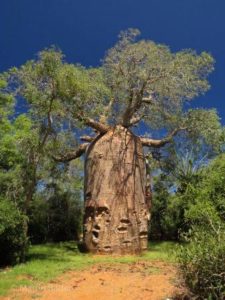
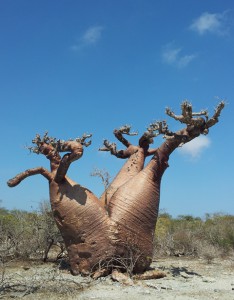
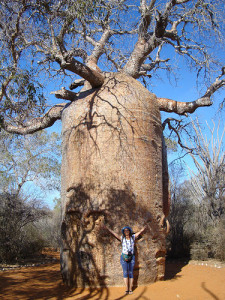
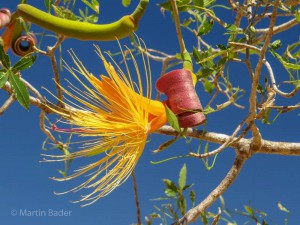


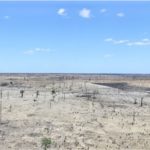


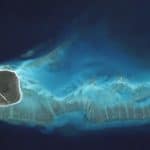
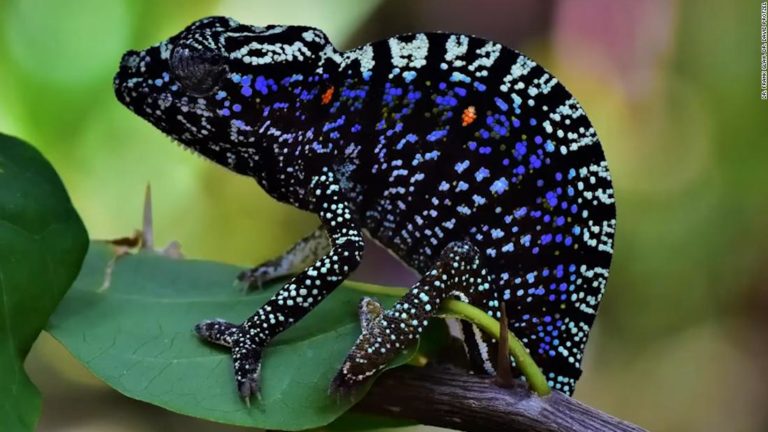
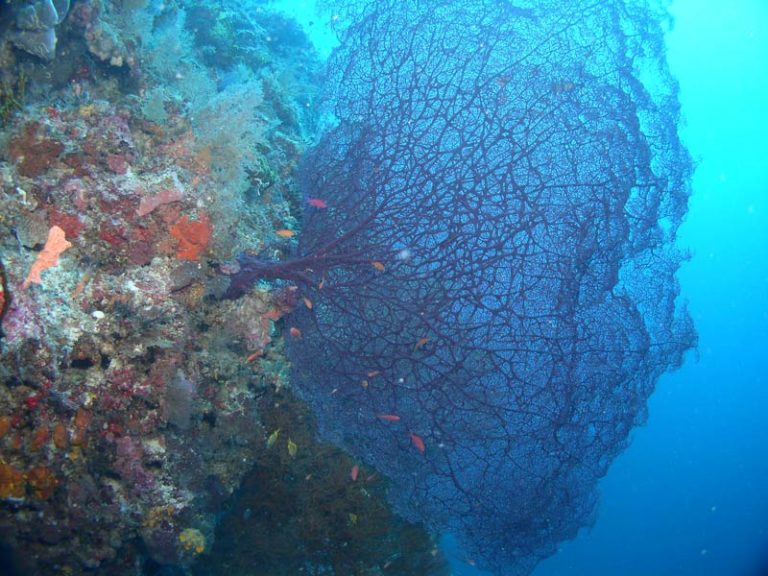
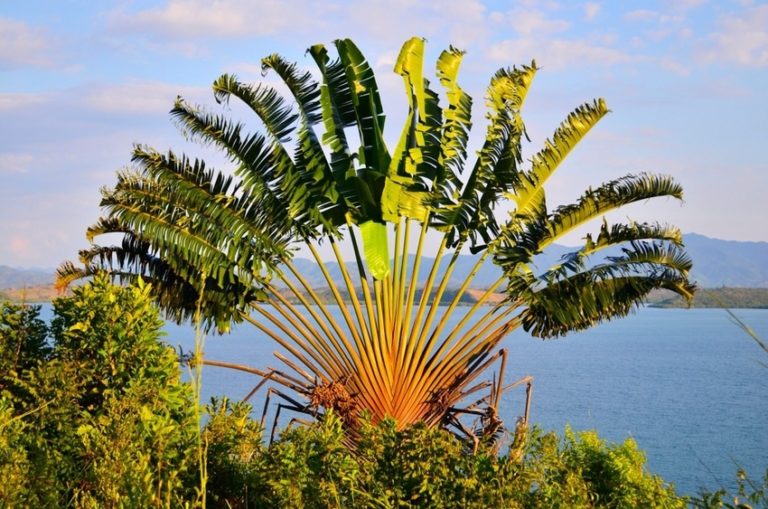
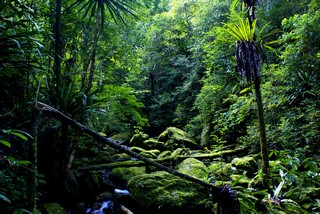
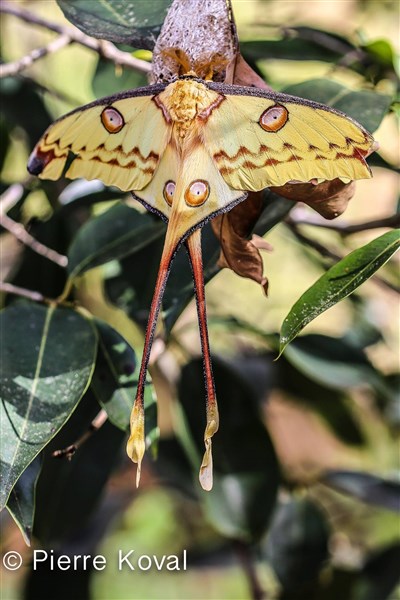
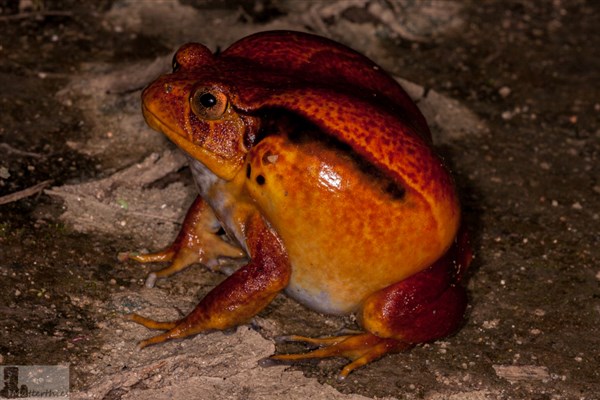




 Villa Sibylle Antananarivo (Madagascar)
Villa Sibylle Antananarivo (Madagascar)

